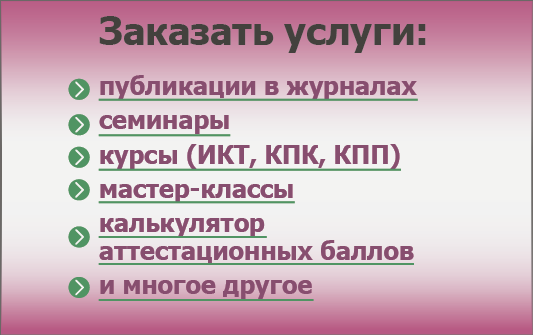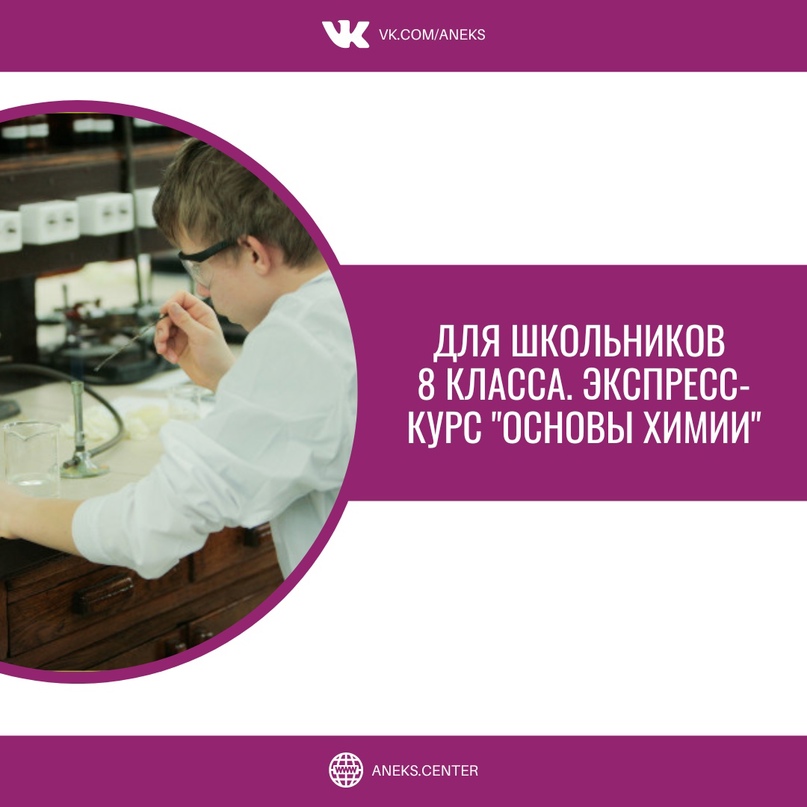Статья
Practical application of phraseological units to A.V. Koonin’s classification
Иванова Наталья,
учитель английского языка
Word-groups viewed as functionally and semantically inseparable units are traditionally regarded as the subject matter of phraseology. It is well-known that firstly phraseology was a part of linguistics. It should be recalled that the first attempt to place the study of various word-groups on a scientific basis was made by the outstanding Russian linguist A. Shachmatov in his world-famous book Syntax. A. Shachmatov’s work was continued by the Academician V.V. Vinogradov. The investigation of the English phraseology was initiated by the Professor A.V. Koonin.
A. Alekhina gives the consequence of stages of the phraseology’s development in her book Idiomatic English. The scholar states that the first attempts to include the phraseological units similar to the word into phraseological dictionaries were made by M.V. Lomonosov.
The traces of studying phraseology stretch to the works of A.A. Potebnia, F.I. Buslaev, F. F. Fortunatov, I.I. Shachmatov, A.A. Shcherba, E.D. Polivanov and others.
A. Alekhina distinguishes three basic stages of the phraseological surveys based on the theoretical interpretation of the word-combinations that appear in the English language.
The first stage (1903 -1946) is referred to the stage when the works of M.I. Michelson (1903 -1904), Sh. Balley (1905), S.I. Abakumov (1936) appear before the works of V.V. Vinogradov.
The second stage is not so long – from V.V. Vinogradov’s works (1946 -1947) till B. A. Larin (1956) and A.I. Smirnitsky’s (1956) works.
And the last, the third stage, is more substantial in the history of the phraseology’s development. This stage begins with A.I. Smirnitsky’s works and lasts till nowadays. The books of such scientists as A.A. Amosova (1962 - 1963), L. V. Archangelsky (1964), A.V. Koonin (1964 - 1972) and many others appear.
The lexical units which these linguists were studying have been the words, the basic lexical unit, and word-forming morphemes, the smallest units within the words. Words put together make phrases or word-groups. Word-groups viewed as functionally and semantically inseparable units are traditionally regarded as the subject matter of the branch of lexicological science named Phraseology.
But a lot of disagreements concerning this branch of lexicology exist. For example, English and American linguists treat phraseology mostly as a problem of applied linguistics. Many attempts have been made to approach the problem of phraseology in different ways. Up till now, however, no unanimity has been achieved concerning the problem of English phraseology and the habitual terms: set-phrase, idiom, collocation, word-equivalent and many others. Even today phraseological units are treated differently by different linguists. G. Salapina states that the number of opinions concerning phraseology is as great as the number of linguists dealing with this problem. The Englishmen mostly use the term idiom to denote the mode of expression peculiar language (that is as a synonym to a language or a dialect) – a form of expression peculiar to a country, a district, and an individual.
The complexity of the problem is to a great extent caused by the fact that the borderline between free word-groups and phraseological units (the combination of words, which are fixed) is not clearly defined.
Still important and unsolved question of phraseology is the problem of classification of phraseological units. More or less detailed groupings are given in the books on English Idiom by L.P. Smith and W. Ball. Yet even the authors themselves do not claim that their groupings should be regarded as classifications. They just collect set expressions, explain them, and describe some of their peculiarities, such as alternation, rhyme, contrast, semantic, syntactic, structural peculiarities, and so on treating these as devices assuring expressiveness. They also show interest in the origin and etymology of English phrases and arrange them according to their peculiarities. For example, L.P. Smith groups set expressions into phrases from sea life, agriculture, hunting, sports, and so on.
Russian linguists, Academician F.F. Fortunatov, A.A. Shachmatov and others paved the way for serious syntactical analysis of set expressions.
A special branch of linguistics termed Phraseology came into being in post-Soviet countries. The most significant theories advanced for Russian phraseology are those by V.V. Vinogradov and B.V. Larin. Together with theories advanced on classification of phraseological units of the Russian language appeared a great number of linguists’ works devoted to phraseology of the English language. For example, A.V. Koonin prompted by V.V. Vinogradov’s theory applied the linguist’s theoretic analysis to the realities of the English language and attempted to group English phraseological units into semantic-structural classification.
We shall stop in details on A.V. Koonin’s classification as it seems more precise and more applicable to the English language. A.V. Koonin distinguishes the following groups of phraseological units:
1. Phraseological fusions
Phraseological fusions (sometimes called idioms) are indivisible phrases in whose general meaning one cannot detect any connection with the words of which the phrase is made up e.g. can’t make head or tail of it. The lexical (semantic) connection between the components of this type of phrases is not always justifiable from the standpoint of the contemporary English language. Phraseological fusions sometimes contain unintelligible words, old grammatical forms, and dialectal peculiarities.
2. Phraseological unities
Phraseological unities are stable phrases which, like idioms, have a meaning of their own, distinct from the meaning of the component elements, although these are connected logically. Phraseological unities are often considered to be figurative phrases, as fresh as daisy, neither here nor there. According to A.V. Koonin phraseological unities are also represented by proverbs (e.g. diamond cut diamond) and sayings (e.g. to die a dog’s death).
3. Traditional combinations
Traditional combinations are made up of such words as may combine only with certain other words. Sometimes the constituent elements of the phrase may be replaced by synonyms. In a traditional combination one or more words are used in their direct, non-figurative senses, e.g. to pay a visit to someone; to give (lend) assistance to someone; to strike (deal, inflict) a blow to someone.
A.V. Koonin bases his classification on a combination of functional (communicative), semantic and structural features. The main classes are based on the function the units fulfill in speech. They may be nominating (a bull in a china shop), interjectional (a fine, nice, pretty kettle of fish), communicative (familiarity breeds contempt) or nominating-communicative (to pull somebody’s leg). A.V. Koonin distinguishes nominative and communicative phraseological units, and those in which these functions are combined, unchangeable expressions from changeable expressions, such as:
a) not to lift (raise, stir, turn) a finger; below (beneath, under) the mark, where synonymic variations are possible;
b) expressions, containing variable pronominal elements: to give somebody a run for his money; to pull somebody’s leg; to take one’s time;
c) expressions, combining these two types of variability: to give somebody a bit (a piece) of one’s mind.
And now we shall apply some practical examples taken from fiction to the A.V. Koonin’s classification.
The following examples are practical presentation of the first subgroup of A.V. Koonin’s classification - phraseological fusions:
e.g. He ought perhaps to have put a spoke in the wheel of their marriage.
Может быть, следовало помешать этому браку.
e.g. I shouldn’t be surprised if Irene had put her oar in.
Уж, наверное, дело не обошлось без вмешательства Ирин.
e.g. The equipage dashed forward, and before you could say Jack Robinson, with a rattle and flourish drew up at Soame’s door.
Экипаж рванулся вперед и в мгновение ока с грохотом подкатился к дому Сомса.
The following examples can be referred to the second subgroup of the A.V. Koonin’s classification - phraseological unities:
e.g. She was rather thin, but young, and fresh complexioned, and her eyes sparkled as bright as diamonds.
Она была тоненькая, молодая, со свежим цветом лица, и глаза у нее сверкали ярко, как бриллианты.
e.g. They must cut their coat according to their cloth.
Поодежкепротягивайножки.
e.g. He could not run with the hare and hunt with the hounds, and so to his son he said good-bye.
Он не мог служить двум богам и простился со своим сыном.
As for the last subgroup of A.V. Koonin’s classification we can say that they present less difficulty for translation and from the theoretical point of view they can easily be referred to the appropriate category of phraseological phrases given by V.V. Vinogradov. The last subgroup of A.V. Koonin’s classification is called traditional combinations.
e.g. He fixed his eye on me longer than I cared to return the stare, for fear I might be tempted either to box his ears, or render my hilarity audible.
Он глядел на меня слишком долго, я не счел нужным выдерживать его взгляд, боясь, что уступлю искушению, отпустить ему пощечину или же громко рассеяться.
e.g. I’ll demolish the first who puts me out of temper! I insist on perfect sobriety and silence.
Я сотру в порошок первого, кто выведет меня из терпения! Я требую тишины и приличия.
All the examples illustrated above are taken from the novels „The Man of Property” written by J. Galsworthy and „Wuthering Hights” written by E. Bronte. While reading these novels we noticed that they are very rich idiomatically and even sometimes the phraseological units found in the novels were difficult to translate. It is seen that the authors have a very good command of the phraseological aspect of their native language. And even a smart reader can understand the authors’ intentions.










